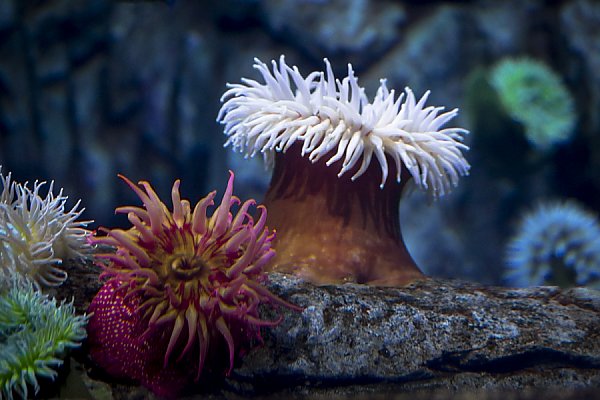New research sheds light on how adorable “Finding Nemo” fish take care of anemones, enhancing mutual benefits.

Symbiotic Relationships

For example, ants protect certain trees from herbivores while feeding on the tree’s nectar. Wolves provide carcasses for scavengers like ravens, which, in turn, learn to follow wolf howls for food opportunities. Another well-documented case involves goby fish and shrimp, demonstrating the complexity of interspecies interactions.
The shrimp excavates and maintains a burrow in the sand, offering shelter to both itself and the goby. However, since the shrimp has poor vision, it relies on the goby for protection. When a predator approaches, the goby warns the shrimp with a tail flick, prompting them both to retreat into the burrow. Additionally, the shrimp benefits from nutrients provided by the goby’s waste, further strengthening their bond.
Another remarkable example of symbiosis in the ocean is the relationship between sea anemones and anemonefish.
A Special Bond
One of the longest-studied marine symbioses is that between anemonefish and sea anemones. Although coral reefs host diverse species, they are nutrient-poor, making symbiotic interactions essential for survival.
Sea anemones provide anemonefish with shelter and a secure spawning site thanks to their stinging tentacles. In return, anemonefish remove waste, consume harmful invertebrates, and deposit nutrient-rich fecal matter that benefits the anemone. Until recently, this was thought to be the extent of their contributions — until researchers observed anemonefish deliberately feeding their hosts.
For the first time, scientists documented anemonefish taking pieces of clam, holding them in their mouths, and attaching them to their host anemone’s tentacles. This behavior led researchers to hypothesize that anemonefish actively provide food to their hosts and prompted further investigation into the factors influencing this behavior and its impact on the anemones.
Fishing for New Discoveries
The research team conducted fieldwork at Morode Beach, Ainan, South Japan, to study the anemonefish Amphiprion clarkii and its host, the sea anemone Entacmaea quadricolor.
Their observations revealed that anemonefish selectively consumed small animal-based foods like krill, clams, squid, and fish, as well as green macroalgae, while reserving larger pieces of animal food for their anemone hosts. They avoided consuming or offering brown macroalgae and sponges, which appeared unsuitable as food for either species. The fish initially ate to satisfy their own hunger before increasing the amount of food provided to their hosts.
“We also confirmed that feeding the anemonefish directly increases the growth rate of the sea anemones,” explained Ph.D. student Kobayashi in a press release. “It is known that in other anemonefish species, the number of eggs laid increases when the hosts are larger. For anemonefish, which cannot leave their sea anemone, feeding their hosts is extremely important and will ultimately benefit themselves.”
This study presents a rare example of symbiosis involving direct food provisioning. Understanding such behaviors not only advances ecological and biological research but also contributes to the development of conservation strategies for species at risk of extinction.